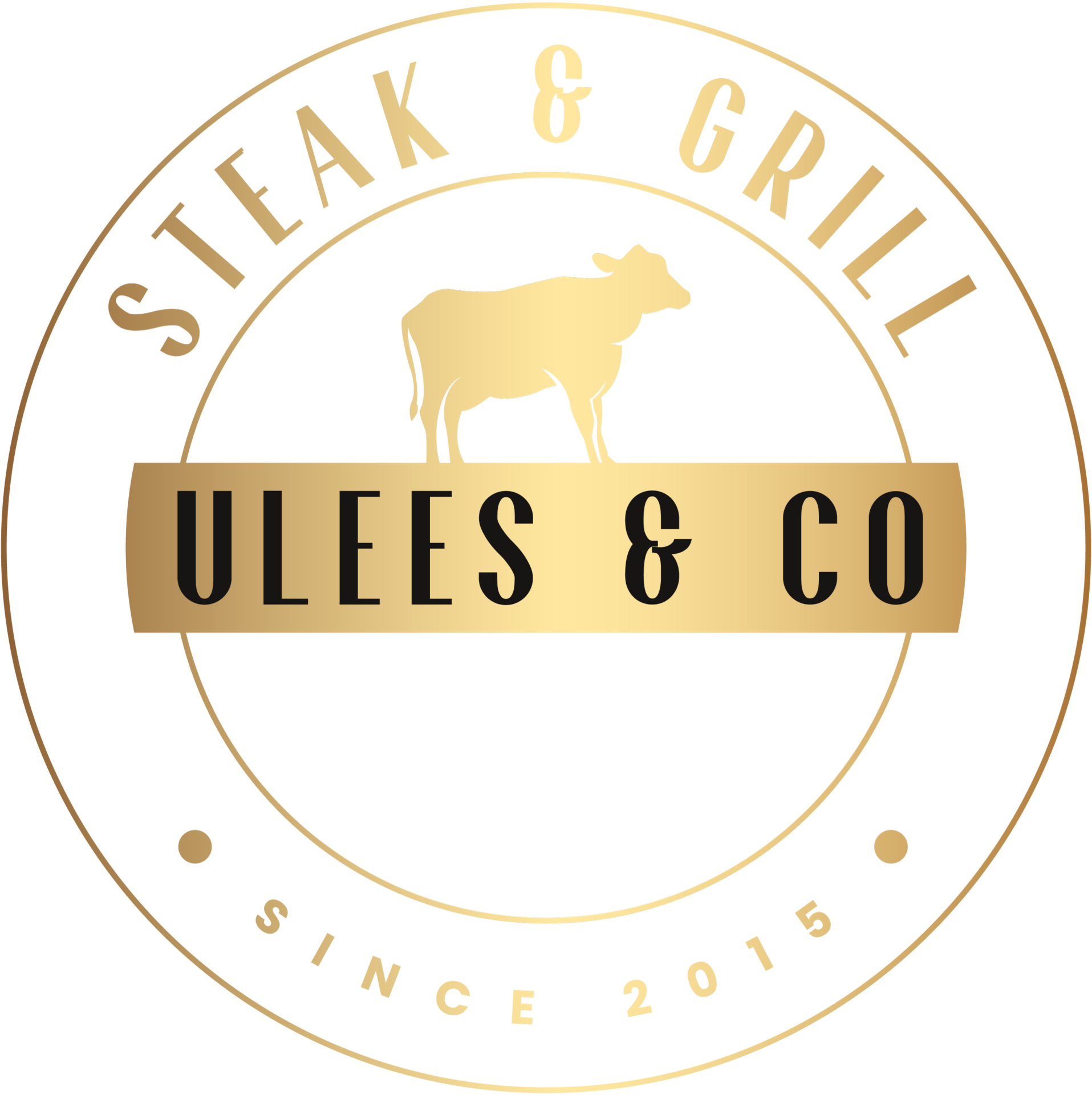Amsterdam steakhouses are transforming in 2025 by embracing advanced grilling technology, sustainable meat production, and digital innovations. From precision temperature control to interactive menus, these innovations improve both the quality of meat preparation and the overall guest experience in premium restaurants.
What technological innovations are changing meat preparation methods in Amsterdam?
Amsterdam steakhouses are implementing sous-vide technology and precision grills with temperature monitoring to guarantee perfect doneness. Infrared thermometers and digital grilling systems ensure consistent results with every preparation. These technologies eliminate human error and deliver the same quality consistently.
The latest grilling systems combine traditional charcoal with modern temperature control. Computer-controlled ventilation systems regulate heat automatically, while sensors monitor the core temperature of meat in real-time. This results in perfect medium-rare steaks without guesswork.
Smokers with digital control offer new possibilities for flavor profiles. Restaurants can program different wood types for specific cuts of meat, creating unique flavors that were traditionally difficult to reproduce.
How are Amsterdam steakhouses implementing sustainable meat production in 2025?
Local partnerships with Dutch farms and transparent origin tracking are central to sustainable meat production. Restaurants work directly with producers who raise grass-fed cattle and practice regenerative agriculture. QR codes on menus show the exact origin of each piece of meat.
Blockchain technology enables complete traceability from farm to plate. Guests can track the lifecycle of their steak, including feeding, welfare, and transportation methods. This transparency builds trust and justifies premium prices.
Nose-to-tail cooking reduces food waste by using all parts of the animal. Restaurants develop creative dishes with less popular cuts of meat while simultaneously providing education about sustainable consumption. Composting programs process organic waste into fertilizer for partner businesses.
What are the new gastronomic trends revolutionizing the steakhouse experience?
Fusion preparations combine classic steakhouse techniques with international flavors, and plant-forward menus offer advanced vegetarian options alongside premium meat. Fermentation techniques and house-made sauces create unique flavor profiles that distinguish traditional steakhouses.
Alternative meat types such as venison, lamb, and poultry receive equal treatment to beef. Chefs experiment with different marinades and preparation methods to bring out the best in each meat. Sharing-style presentations encourage social dining experiences.
Interactive dining concepts allow guests to select their own meat from dry-aging cabinets. Sommelier-like meat experts guide guests in choosing the perfect cut, while open kitchens showcase the preparation process. These theatrical elements turn dining into entertainment.
What digital innovations are improving the customer experience in Amsterdam steakhouses?
Digital menus with AR functionality show 3D visualizations of dishes and doneness levels, while AI-driven systems make personalized recommendations based on previous orders and preferences. These technologies make the ordering process more interactive and informative.
Smart reservation systems analyze guest behavior to achieve optimal table allocation. Apps send notifications about wait times and offer digital wine lists with perfect pairings for chosen dishes. Contactless payment systems speed up the checkout process.
Interactive meat education tools via tablets on tables share information about origin, preparation methods, and nutritional values. Guests can take virtual farm visits and learn about different meat types. Premium restaurants in Amsterdam use these technologies to strengthen the educational component of fine dining, where guests not only enjoy their meal but also gain knowledge about meat and preparation through detailed menu information.
These innovations transform the traditional steakhouse experience into a modern, sustainable, and technologically advanced culinary journey. By combining technology, sustainability, and gastronomic creativity, Amsterdam steakhouses are creating a new standard for premium dining that both honors meat-related traditions and embraces forward-thinking values.
Frequently Asked Questions
How can I as a consumer verify if a steakhouse actually serves sustainable meat?
Look for restaurants that have QR codes on their menus for origin tracking, ask about certifications from their meat suppliers, and check if they are transparent about their partnerships with local farms. Genuine sustainable steakhouses can provide specific information about the farms where their meat comes from.
What are the costs of a meal in these technologically advanced steakhouses compared to traditional restaurants?
Premium steakhouses with advanced technology typically charge 20-30% higher prices than traditional steakhouses, but offer superior meat quality, unique dining experiences, and complete transparency in return. The investments in technology and sustainability justify this premium for many guests.
How long does it take to get used to digital menus and AR functionalities?
Most guests adapt to digital menus within 5-10 minutes, especially since restaurants often have staff available to help. The AR visualizations are intuitively designed and many guests actually find them a fun addition that makes choosing dishes easier.
Can vegetarians and flexitarians also benefit from these new steakhouse innovations?
Absolutely! Modern steakhouses offer advanced plant-forward options that are prepared with the same precision techniques as meat. Sous-vide vegetables, digital menus with nutritional information, and creative vegetarian dishes make these restaurants attractive for all dietary preferences.
What happens if the technology fails during my dinner?
Professional steakhouses always have backup systems and traditional alternatives available. Chefs can still prepare excellent steaks without digital aids, and paper menus are always on hand. Technology enhances the experience but doesn't replace culinary expertise.
How can I learn about the different meat types and preparation methods these restaurants offer?
Many restaurants offer meat education through their tablets and apps, but you can also ask for a tour of the dry-aging rooms or a conversation with their meat expert. Some steakhouses also organize special tastings and workshops for interested guests.
